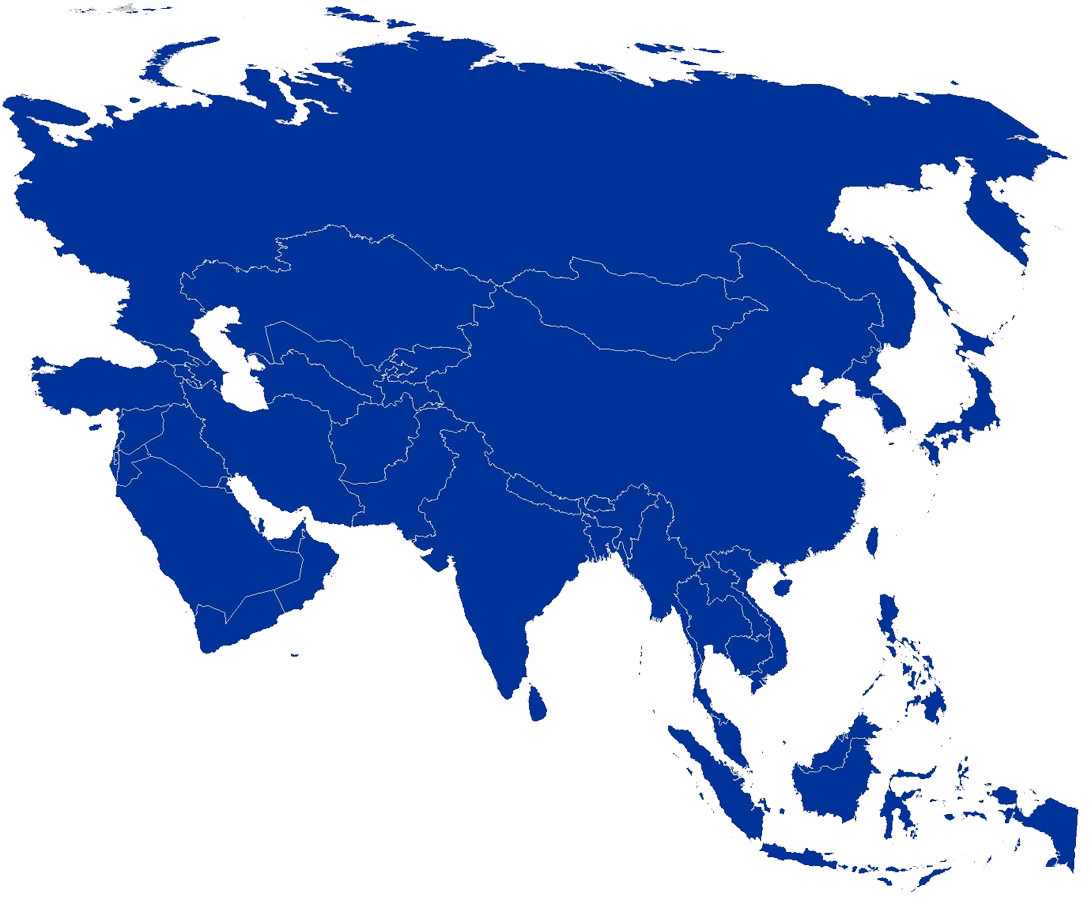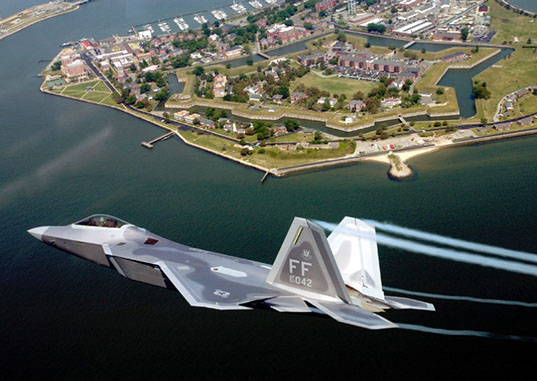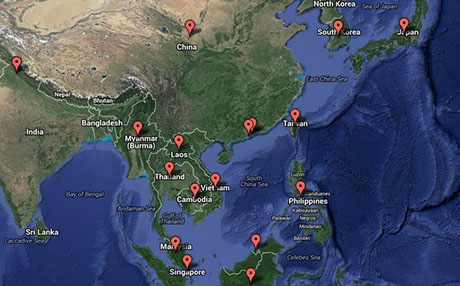
The Asia-Pacific:
where the US military follows its nation’s money
BY ERIK SLAVIN
Stars and Stripes
 The first operational F-22A Raptor is flown to its permanent home at Langley Air Force Base, Va., on May 12, 2005.
The first operational F-22A Raptor is flown to its permanent home at Langley Air Force Base, Va., on May 12, 2005.
BEN BLOKER /U.S. AIR FORCE GOOGLE MAPSYOKOSUKA NAVAL BASE, Japan — Middle East turmoil and the Islamic State’s gains dominated the security headlines in 2014, yet it’s the Asia-Pacific region that remains the United States’ top long-term priority.
GOOGLE MAPSYOKOSUKA NAVAL BASE, Japan — Middle East turmoil and the Islamic State’s gains dominated the security headlines in 2014, yet it’s the Asia-Pacific region that remains the United States’ top long-term priority.
It is a case of security interests following economic interests — beyond North America’s shores, nowhere on Earth is the U.S. economy more dependent.
About a quarter of everything the U.S. sells goes to 17 countries on the Pacific Rim, according to Census Department data analyzed by Stars and Stripes.
More than 37 percent of all U.S. purchases come from those countries, or roughly the same as what Americans buy from Europe, Africa, most of the Middle East and South America combined. Total trade with those 17 countries is up 68 percent from 2004 through 2013. Although the trade deficit with those countries remains large, export growth is actually outpacing import growth by 28 percent over that time period.
That U.S. growth trend in Asia is expected to continue for the foreseeable future, but security and economics analysts say there is one big unknown with the potential to unravel it: China’s ambitions.
The big question is whether China will turn out to be a nation that wields its increasing power in concert with other countries; or, whether it asserts that power with force, in order to seize disputed territory and regulate the international spaces where trillions of dollars in global trade flows. “It’s not about the China we see today,” said Sheila Smith, a senior fellow with the Council on Foreign Relations, a Washington think tank. “It’s about the China we’ll see 20 years from now.”
The uncertainty surrounding China’s future direction is driving the U.S. “rebalance” of its forces to the Asia-Pacific. By 2020, the Navy and Air Force will base 60 percent of their assets in the region under current plans. The rationale for the rebalance, stated without fail by U.S. leaders, includes freedom of movement through waters and airspace.
The only country in the region that actively disputes the American vision of that freedom is China.
China holds an ambiguous claim on about 90 percent of the South China Sea – a congested area where $1.2 trillion in U.S. trade transits annually by ship, Pacific Command chief Adm. Samuel Locklear noted during a June security summit in Singapore. Add hundreds of billions of dollars in trade flowing to the U.S. through the East China Sea -- where the U.S. guards Taiwan from a Chinese invasion and defends Japan amid rising tensions – and the stakes grow even higher.
What level of security is necessary to protect U.S. interests, and how to go about it, is a matter of intense debate in Washington.
Web design by Rick Vasquez
Edited by Tina Croley, Sam Amrhein
